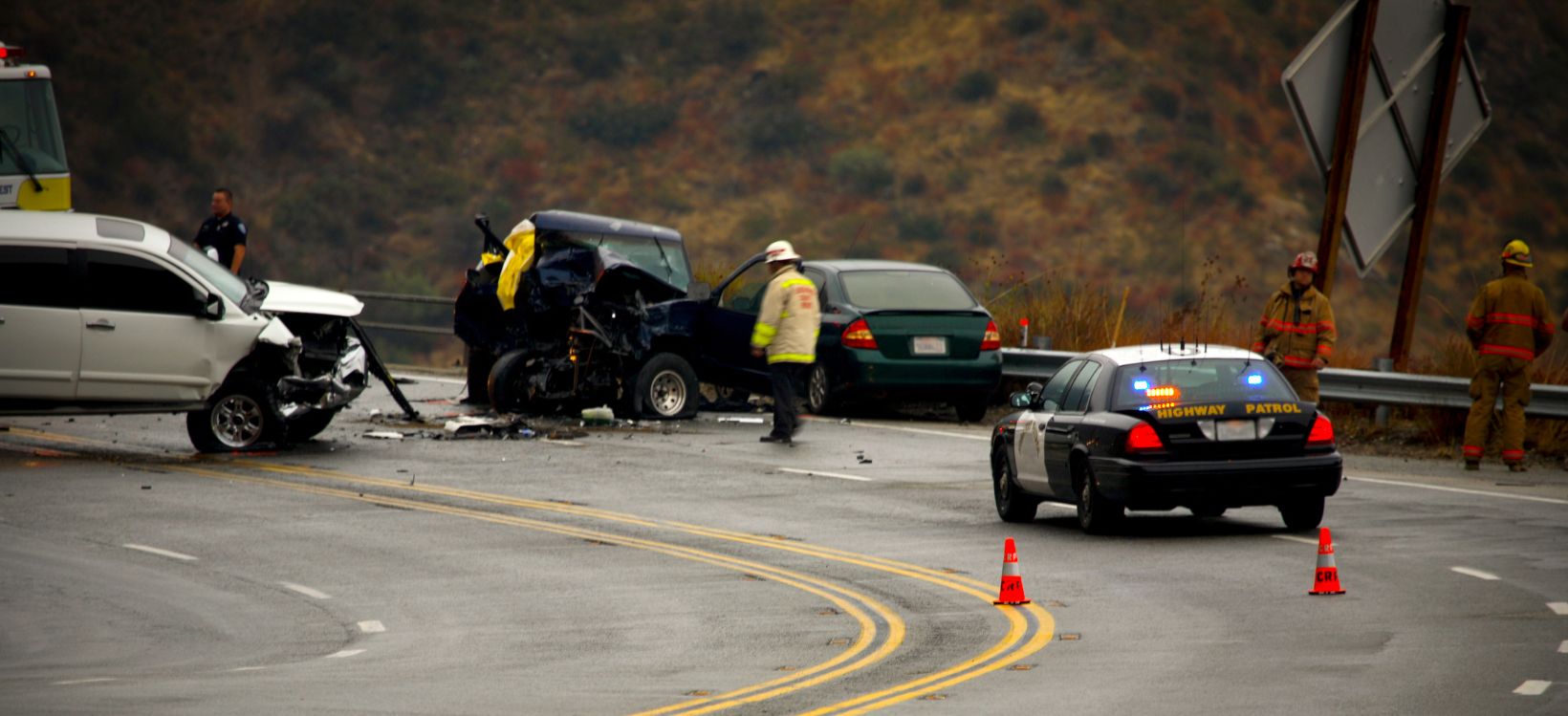What to Do After an Auto Accident in Virginia
Justin Sheldon—June 16, 2022

The moments immediately after a car accident are stressful, chaotic and sometimes terrifying..
Most likely, you’re dealing with the trauma and shock of what just happened and are unsure of what to do next. This is understandable.
After you get through with the immediate needs at the scene of the accident, oftentimes the next phase of the process can get even more complicated. The next few months can be tough as you deal with insurance companies, possible legal matters, and repair or rental car logistics. You shouldn’t have to worry about these issues when you’re already dealing with physical, emotional, and financial trauma.
Fortunately, there are steps you can take both immediately after the collision and in the weeks and months afterward to protect your interests moving forward.
Jump Ahead
- Step 1: Protect Your Health
- Step 2: Call the Police
- Step 3: Exchange Information
- Step 4: Document the Scene
- Step 5: Contact a Lawyer
Step 1: Protect Your Health
If you or anyone else has suffered a serious injury at the scene of the accident, call 911 immediately.
Even if you don’t seem to be injured, it’s a good idea to get a medical examination. Some symptoms may not arise for days, even weeks. Other injuries, like concussions, may initially seem minor but then become worse. Adrenaline can make it difficult to tell how seriously you’re injured.
If you claim you aren’t injured or don’t seek treatment, but later develop crash-related injuries you may later have trouble connecting your injuries to the crash.
Step 2: Call the Police
You can accomplish several things by calling 911 after a crash.
First, you can get the help you need to get the cars out of the road and make sure everyone is safely out of harm’s way.
Second, you can request an ambulance to tend to any of the injured parties.
Finally, you, any passengers in your vehicle, the other vehicle’s passengers, and witnesses can give detailed statements to the police to be put in a report. This report may come in handy later.
Tell the truth about the accident to the investigating officer and provide any details you can remember. But if you’re unsure about an element of the accident, be sure to say that. Don’t give incriminating testimony that assumes personal guilt, as this can hurt your case.
Step 3: Exchange Information
When someone tries to deny liability but doesn’t offer their contact information, it can be difficult. You want to exchange:
- Contact information (name, phone number, address)
- Driver’s licenses
- Insurance policy information.
- Make, model, and license plate numbers of other vehicles involved
The more information that you can gather to give to your insurance company, the better.
You can also get the contact information of any witnesses who may have seen the crash happen and can attest to who was at fault. This can help the insurance companies, and later, your lawyer if necessary.
Step 4: Document the Scene
We know that it may not always be possible to take pictures of the scene, especially if you’ve sustained a serious injury.
But whenever you can, take pictures. These can be provided to the insurance companies or even used to build your personal injury claim. Pictures are some of the greatest forms of proof, and they can help show who was at fault.
Why is it Important to Take Photos After an Accident?
They say a picture is worth a thousand words, and this is certainly true when you’re dealing with the aftermath of a motor vehicle accident. These crashes can be extremely damaging and often cause severe injuries and substantial harm.
Police and highway personnel will clean up crash scenes quickly to keep other drivers out of danger. This means that the photos taken immediately after a crash are most likely to reflect the exact conditions leading up to it.
Taking Photos After an Accident: Tips and Tricks
Be as thorough as you need to be by taking images of all angles. It’s always better to take too many photos rather than too few, so take as many photos as you can and go through them later with your attorney.
Be sure to photograph:
- Vehicle damage
- Environmental factors
- Conditions of the road
- Injuries sustained
Begin by taking pictures of the entire scene, including the road, intersection, sidewalk, and general surroundings of the crash site.
It’s important to record the big picture, not just the details. Include shots of the surrounding weather, like rain clouds, icy roads, or foggy skies that could have affected visibility or control.
If you or any other vehicles involved hit an object, take pictures of that as well. Include images of the road, especially images of debris or skid marks, which can sometimes reveal details about the crash.
Next, take photos of every vehicle involved in the accident, especially your own. Use different angles and focus your camera on the damaged area.
Be sure you get a few images of the other vehicle’s license plate to remove any doubt as to the driver’s identity.
Step 5: Contact a Lawyer
Having photo evidence of your crash can make filing insurance claims and proving injuries and damages much easier.
But while photos help, having the legal counsel of an experienced personal injury lawyer is still essential if you wish to recover maximum compensation. Having a lawyer can help protect your rights and prepare you for each step so you know what to expect throughout the process.
If you were in an accident, our personal injury attorneys in Virginia can provide compassionate legal help so that you can focus on getting back on your feet.
At Breit Biniazan, we’ve helped hundreds of injured plaintiffs recover damages against other drivers, and we can help you too. Give us a call today to discuss your legal options.
Contact us online or by calling (855) 212-8200.
By Justin Sheldon
Partner
Justin Sheldon's law career of over ten years began with a sympathy for those who had been injured and a passion for representing those injury victims. With years of experience, ongoing legal education, and various awards winnings, Justin provides the expert and fierce legal representation that Virginia personal injury victims both require and deserve.
Categories:
Office Locations
Related Posts
Categories
We are personal injury attorneys
Fill out our contact form to speak to our experienced Virginia trial attorneys. Breit Biniazan has helped recover millions of dollars in cases. Learn how we can help you today.
